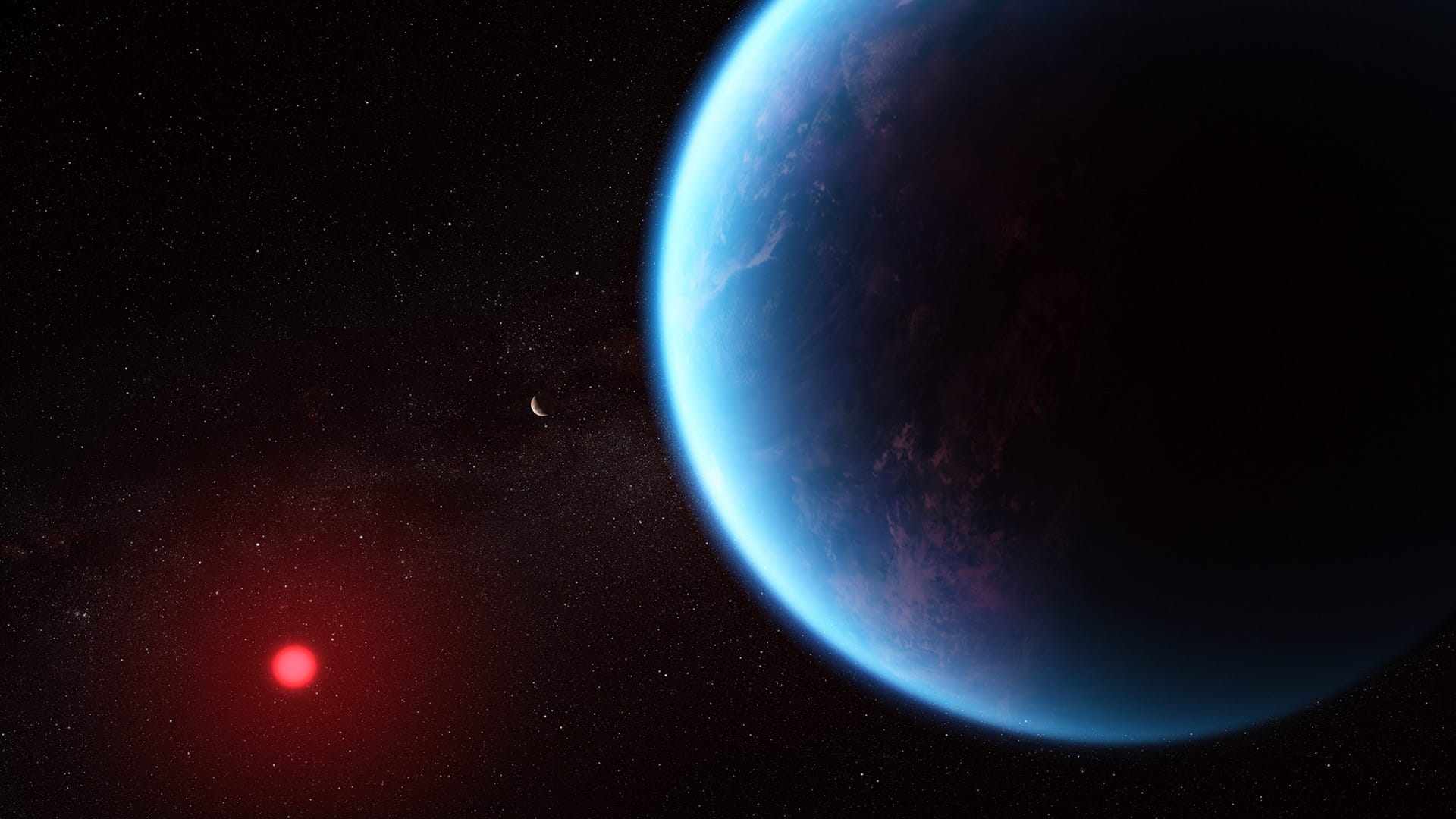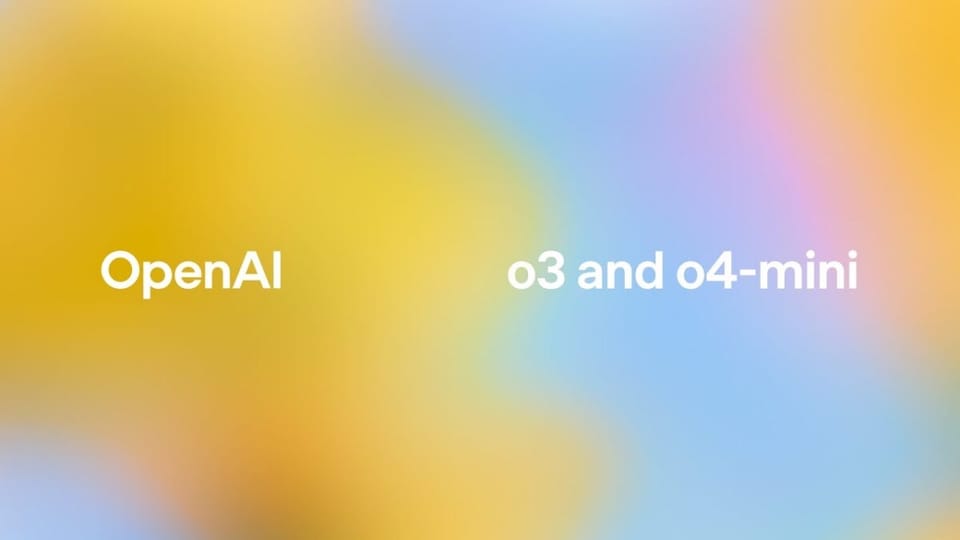Beyond Earth: The Most Promising Evidence Yet for Alien Life on Exoplanet K2-18b
James Webb detects potential biosignatures (DMS/DMDS) on Hycean exoplanet K2-18b, 124 light-years away—the strongest evidence yet for alien life beyond Earth.

Scientists have detected what could be the strongest evidence yet of potential extraterrestrial life in the atmosphere of a distant planet. Using the James Webb Space Telescope (JWST), a team led by researchers from the University of Cambridge has identified chemical signatures that may indicate biological activity on exoplanet K2-18b, located 124 light-years from Earth.

Breakthrough Discovery of Potential Biosignatures
In April 2025, astronomers reported detecting dimethyl sulfide (DMS) and dimethyl disulfide (DMDS) in K2-18b's atmosphere with 99.7% probability. These compounds are particularly significant because on Earth, they are exclusively produced by living organisms, specifically marine phytoplankton and microalgae. Lead researcher Nikku Madhusudhan described this as "a revolutionary moment" and "the first time that humanity has seen potential biosignatures on a habitable planet".
The concentrations detected on K2-18b are remarkably high—over ten parts per million, which is thousands of times stronger than on Earth, where these compounds typically exist at less than one part per billion. This concentration suggests these chemicals are being actively replenished, further supporting the possibility of biological activity.
A Potentially Habitable World
K2-18b orbits within the habitable zone of its star, a red dwarf named K2-18, where temperatures are suitable for liquid water—a primary requirement for life as we know it. The planet is significantly larger than Earth (2.6 times the diameter and 8.6 times the mass) and is believed to be a "Hycean" world, featuring a hydrogen-rich atmosphere with potential liquid water oceans.
Previous observations had already identified methane and carbon dioxide in K2-18b's atmosphere, further supporting the possibility that this exoplanet could harbor life. According to Madhusudhan's team, who first proposed the concept of Hycean worlds in 2021, the presence of these gases provides strong evidence for potentially habitable conditions.
Scientific Caution and Next Steps
Despite the excitement, researchers remain cautious about declaring definitive proof of alien life. "While the results are exciting, it's vital to obtain more data before claiming that life has been found on another world," Madhusudhan emphasized.
Other scientists have raised concerns about the statistical significance of the DMS signal and its interpretation in an environment different from Earth's. Some researchers point out that non-biological processes might potentially produce these compounds under specific conditions.
NASA has issued a statement noting that "detection of a single potential biosignature would not constitute discovery of life," while planetary scientist Sarah Hörst has referenced laboratory experiments showing DMS can be produced without biological intervention.
The Broader Search for Extraterrestrial Life
Scientists are exploring multiple environments where alien life might exist, even in conditions inhospitable to Earth-based organisms. On Venus, concentrated sulfuric acid clouds could potentially serve as a medium for life, with research showing organic molecules can remain stable in this environment.
Saturn's moon Titan presents another intriguing possibility with its -180°C lakes of liquid methane and ethane. While these extremely cold temperatures would slow chemical reactions, they could potentially support silicon-based life forms rather than carbon-based ones.
Confirmation of the K2-18b findings is expected within one to two years through additional observations. The team's work represents an important starting point for understanding these exciting discoveries, with further research needed to fully comprehend their implications for our search for life beyond Earth.




